Reportar esta entrada
Más sobre la misma comunidad-colección
Centro Cívico, El Paso, Texas en 2002
The colorful cylinders in the picture were part of the civic ...
Accesorios de iluminación fuera de la Teatro Chávez
This picture from 2008 shows the light fixtures which were ...
City Scape con Ayuntamiento antihuo
This photograph from 2012 shows parts of El Paso's city scape ...
Vista en primer plano de Ayuntamiento antiguo
This picture from the Thanksgiving Day in 2008 shows the old ...
Vista en primer plano Chávez Teatro
This picture was taken in 2008. It shows the uniquely designed ...
Theatro Chavez en 2008 - El Paso, Texas
The image shows the Abraham Chavez Theater in 2008. It is ...
Obras de Tiza Tiza durante Chalk the Block 2010
This picture shows several chalk works made during the Chalk the ...
Ganador en Chalk the Block en 2010
This picture shows the work of Laura Mena, the 1st Place Winner ...
"Rex Awakes" durante Chalk the Block
This chalk painting was called "Rex Awakes" and presented by Bob ...
Artistas durante Chalk the Block 2011
Two artists are working on a picture made from chalk during the ...
Pintores durante Chalk the Block 2009
On this fotograph one can see painters during the Chalk the ...
Grandes Globes durante Chalk the Block 2009
These large balloons have fotographs of different people and ...
Cono de Helado durante Chalk the Block 2009
This ice cream cone is being drawn by Reginald Armstrong during ...
"Warmth, Giant Black Toobs" en Chalk the Block 2009
This balloon design called "Warmth, Giant Black Toobs" was ...
"Pink Tethertwin" en Chalk the Block 2009
This picture shows "Pink Thethertwin", a giant balloon sculpture ...







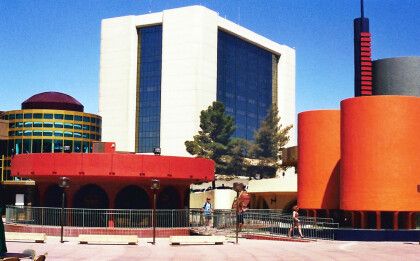
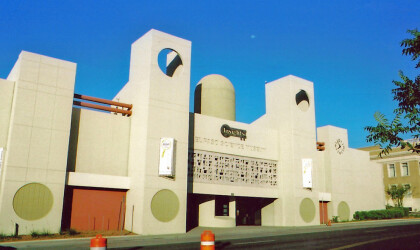
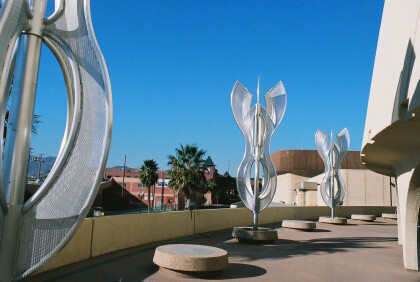
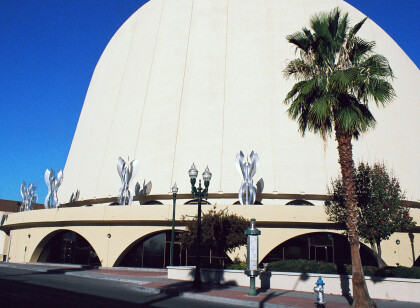

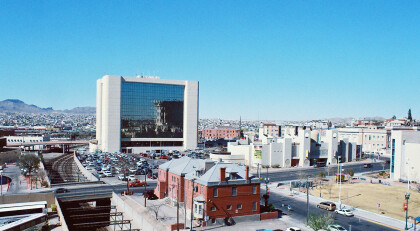
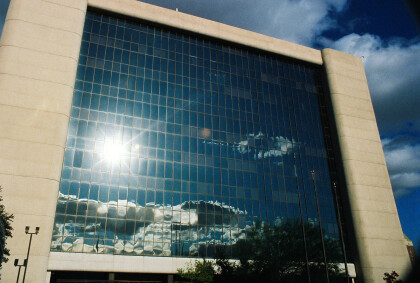
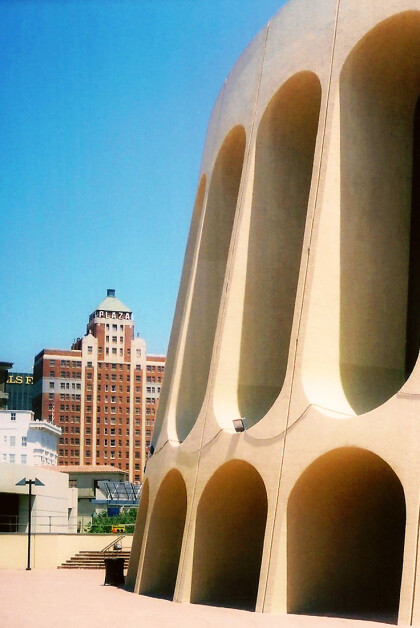

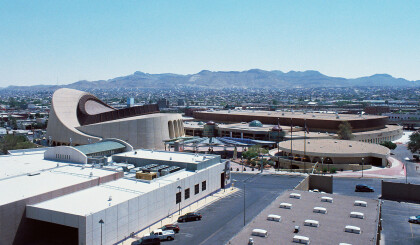
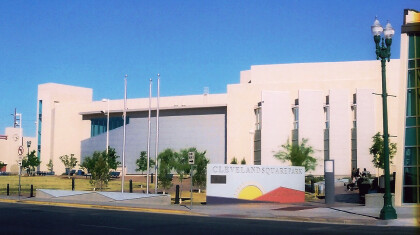
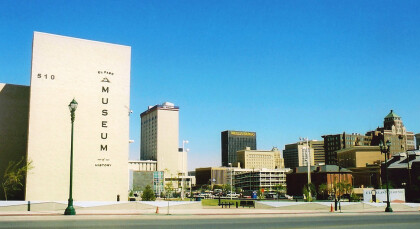
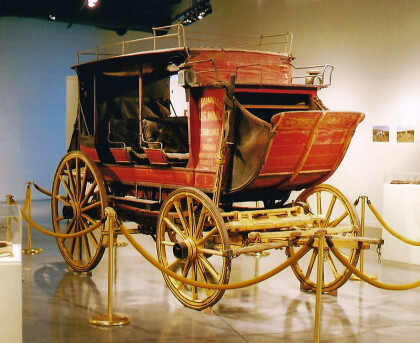
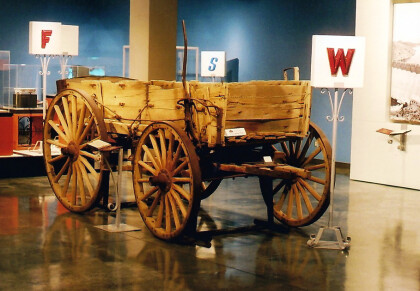
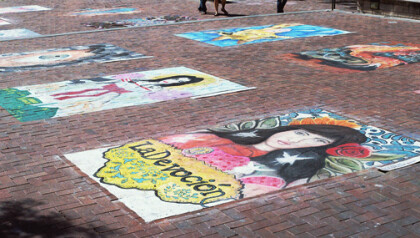
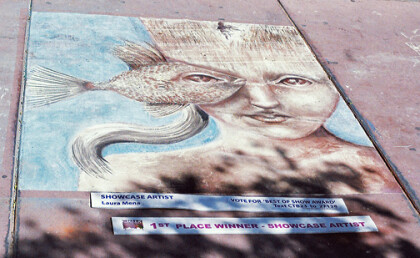
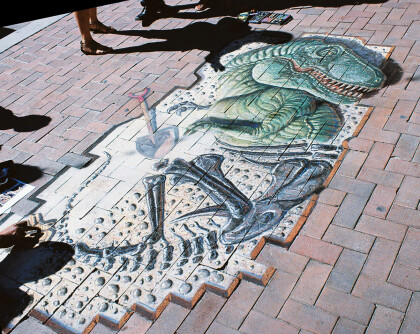
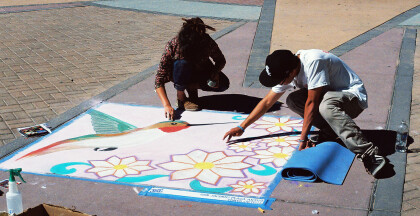
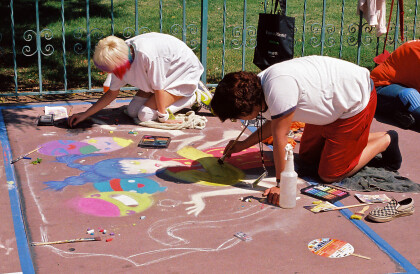

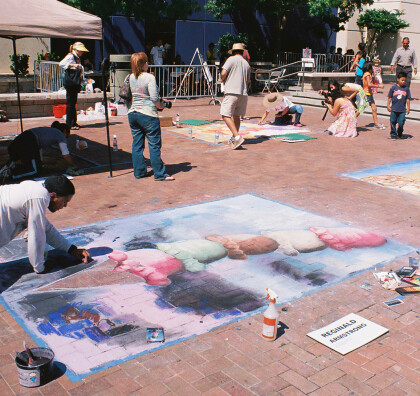
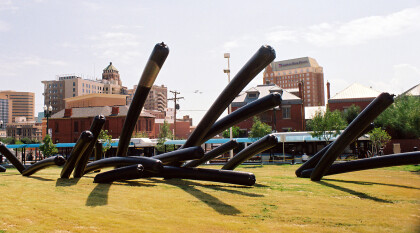
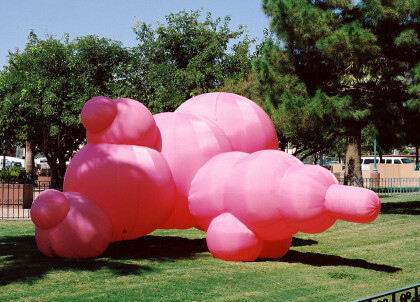
Comentarios
Hacer un comentario